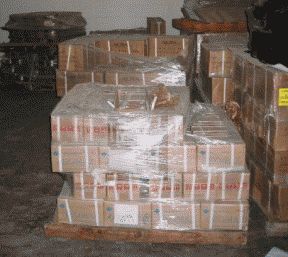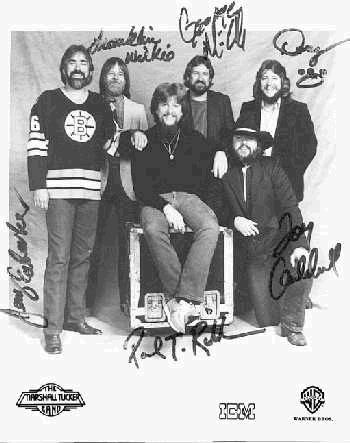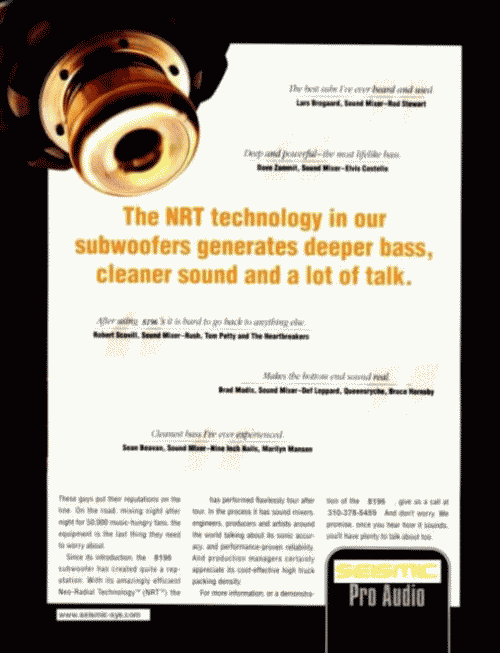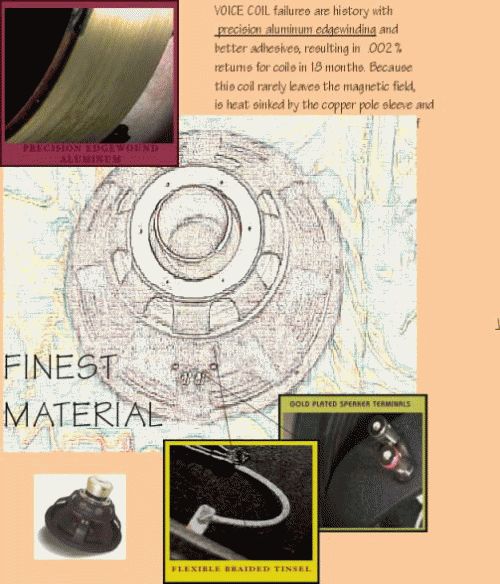The GODZILLA PROJECT -SDDS - DREAMS OF AN OSCAR

CARY GRANT THEATER
the SONY STUDIOS LOT
Culver City, CA
 |
| SONY CARY GRANT THEATER POST PRODUCTION MIXING |

SDDS = SONY DYNAMIC DIGITAL SOUND - like DTS for Universal Digital Theater Sound and DOLBY, SDDS is one of the three formats used in theaters worldwide. Most films are mixed in all three formats. SDDS as originally conceived added 8 separate feed channels to speakers in SDDS equipped theaters. DTS involved a separate digital sound feed synced to the films while Dolby and SDDS used the area outside the sprocket holes on film to carry the signal.
The blue area above is the 8 channel SDDS encoding area while the between sproket hole area carries the backup information.

SDDS channel arrangement with 5 front channels, 2 surround channels and a subwoofer channel or "5/2.1".
- Original format used: 8 micron (micrometre) square data bits, 16 bit per audio channel, 8 audio channels, 2 clock tracks, 2 guide tracks for alignment with the film.
- Final format used: 24 micrometre square data bits.
The format carries up to 8 channels of discrete digital sound encoded using Sony's
ATRAC codec with a compression ratio of about 5:1 and a sampling rate of 44.1 kHz. The channels are:
- 5 screen channels
- Left
- Left center
- Center
- Right center
- Right
- 2 surround channels
- Left surround
- Right surround
- Subwoofer channel
Additionally there are 4 backup channels encoded – in case of damage to one side of the film or the other. These are:
- Center
- Subwoofer
- Left + left center
- Right + right center
While living in LA I became friends with Wylie Stateman of Soundelux who did the sound design for most of the Roland Emmerich, Quinten Tarantino, and Oliver Stone films. We collaborated on a project to convert the Sony SDDS sound design that added a left and right middle speaker feed for behind the screen speakers to the 6 channel left, center, right behind plus the left and right surround or side plus subwoofer typical to the majority of theater speaker systems.
Sony’s SDDS system 8 channel system did not make much sense to us and when Seismic Sound's “seat shaker” came to Wylie’s attention he and I got excited about the idea of adding the seat shakers plus and overhead speaker to replace the left and right center behind screen feeds. In fact the idea got him so excited we prevailed on Sony to outfit the Cary Grant Theater or main screening room on the SONY STUDIOS LOT in Culver City with 2 rows of seat shakers and an overhead omnidirectional speaker for his remix of two Godzilla trailers. At the time Godzilla was Sony’s premier project with Roland Emmerich and the executives got excited about the idea of doing something like was done with EARTHQUAKE where several theaters added extra subwoofers to intensify the effect of low-frequency sound.
I sat in the studio with Wylie as he remixed the trailers and upon completion we had two rows of Sony execs join Emmerich and Dean Devlin in the Cary Grant theater for a viewing of the remixed trailers. When Godzilla chased the wino fisherman up the dock, each plank popping up from the wooden pier was accompanied by a pop of the seat shaker and the rain was isolated to the overhead speaker. When Godzilla’s foot came down hard on the Westside Highway the seat shakers delivered a sustained effect. When the two trailers ended the two rows of execs, Emmerich and Devlin stood up and applauded us.
In the end cost overruns and delays along with the staggering logistics of attempting to install hundreds of seat shakers in 40 theaters across America scuttled the plan that excited Sony Execs and Emmerich so my dreams of a Tech Oscar for sound design with Wylie went up in smoke.



 CARY GRANT THEATER
CARY GRANT THEATER


























